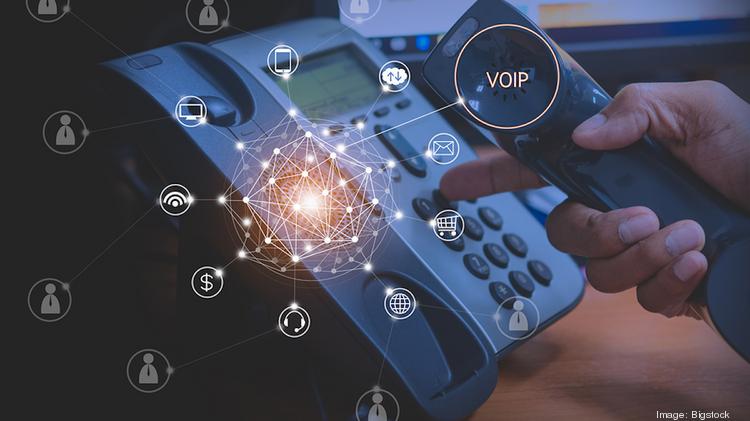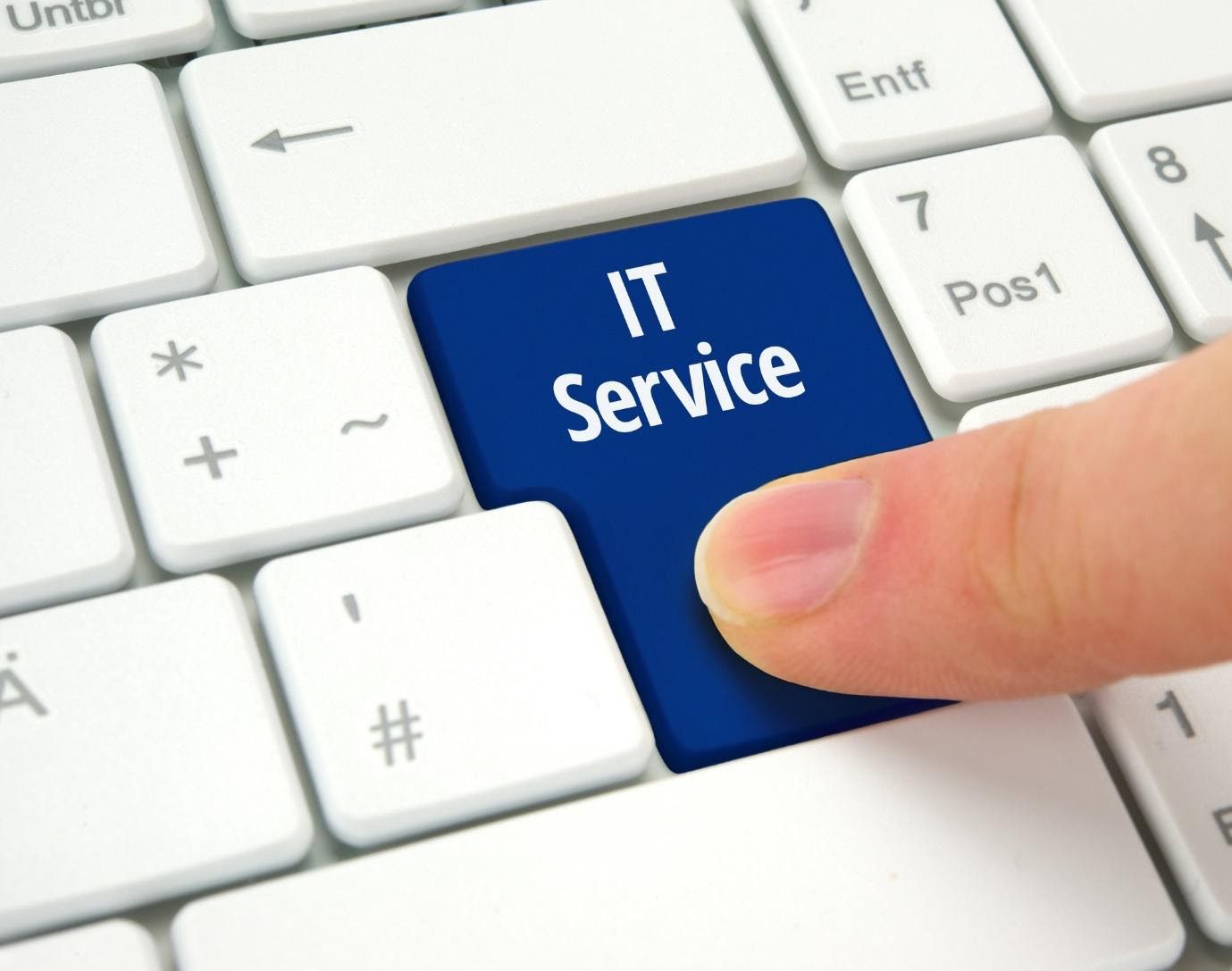- 1. The Future of Residential Internet and How It Will Work
- 2. Understanding the Power of 5G
- 3. The Impact on Smart Homes
- 4. Enhancing Online Gaming and Virtual Reality
- 5. 5G and Remote Work
- 6. Internet of Things (IoT) Advancements
- 7. Exploring the Future Technologies Beyond 5G
- 8. Quantum Internet
- 9. Terahertz Communication
- 10. Li-Fi Technology
- 11. Neuralink and Brain-Computer Interfaces
- 12. Edge Computing and Decentralized Networks
- 13. Green Internet Initiatives and Sustainable Connectivity
- 14. Unlimited Internet Access
- 15. Conclusion
The Future of Residential Internet and How It Will Work
In our modern, interconnected society, home internet plays a crucial part in how we communicate, work, learn, and enjoy ourselves. As technology races forward, the world of residential internet is changing, offering quicker speeds, better reliability, and exciting new opportunities. One of the biggest game-changers coming up is the emergence of 5G technology and the incredible advancements that will follow it. In this article, we’re going to delve into the future of home internet, zeroing in on 5G’s potential and the cutting-edge technologies that will redefine our digital lives.
Understanding the Power of 5G
5G is the fifth generation of wireless technology and marks a huge step forward in internet connectivity. Unlike previous generations, 5G is engineered to deliver extraordinary improvements in speed, latency, and capacity. Boasting potential speeds reaching up to 10 Gbps (gigabits per second) and latency lowered to just a millisecond, 5G ensures almost instant data transfer – perfect for applications that require real-time interaction.
The Impact on Smart Homes
One of the most thrilling aspects of 5G technology lies in its ability to change smart homes as we know them. By connecting numerous devices at once, 5G facilitates seamless integration among smart home gadgets. From intelligent thermostats and security systems to voice-activated assistants and interconnected appliances, 5G paves the way for a powerful ecosystem where devices talk to each other without delay – taking home automation and user experiences to new heights.
Enhancing Online Gaming and Virtual Reality
Gamers and virtual reality enthusiasts are poised to benefit significantly from 5G technology. The low latency and high speeds of 5G connections will eliminate lag in online gaming, providing a smoother and more immersive experience. Virtual reality (VR) and augmented reality (AR) applications will also thrive, offering users seamless, lifelike interactions in real-time, paving the way for innovative gaming experiences and practical applications in various fields, from education to healthcare.
5G and Remote Work
The rise of remote work has been a defining trend in recent years, accelerated further by the global shifts in work culture. 5G technology will redefine remote work by ensuring stable and lightning-fast internet connections for individuals working from home. Video conferencing, collaborative tools, and cloud-based applications will operate seamlessly, allowing teams to collaborate in real-time, irrespective of their physical locations.
Internet of Things (IoT) Advancements
5G’s high capacity and low latency are tailor-made for the Internet of Things. With the proliferation of IoT devices in our homes and cities, 5G networks will accommodate the massive data influx generated by these interconnected devices. This will lead to innovations in smart cities, where IoT devices will enhance urban living, optimize resource management, and improve public services, from traffic management to waste disposal.
Exploring the Future Technologies Beyond 5G
As groundbreaking as 5G is, the world of technology never stands still. Beyond 5G, researchers and engineers are exploring even more futuristic technologies that promise to redefine how we experience the internet.
Quantum Internet
Quantum internet, based on the principles of quantum mechanics, holds the potential for unparalleled security and computing power. Quantum communication ensures that data transmitted over a quantum network cannot be intercepted without detection, paving the way for ultra-secure internet connections.
Terahertz Communication
Terahertz waves, operating at frequencies higher than those of 5G, offer incredibly fast data transfer rates. Researchers are exploring terahertz communication for applications where massive data volumes need to be transmitted rapidly, such as high-definition video streaming and large-scale data processing.
Li-Fi Technology
Li-Fi, or Light Fidelity, utilizes visible light communication (VLC) to transmit data. By modulating LED light signals, Li-Fi can offer high-speed internet connections that are not only incredibly fast but also secure from electromagnetic interference. This technology has the potential to revolutionize indoor wireless communication, especially in densely populated urban areas.
Neuralink and Brain-Computer Interfaces
While not directly related to residential internet, the development of brain-computer interfaces (BCIs) like Neuralink raises intriguing possibilities. BCIs could enable direct communication between the human brain and the internet, leading to entirely new ways of accessing information and interacting with digital platforms.
Edge Computing and Decentralized Networks
As the world of home internet continues to change, two key technologies are taking center stage: edge computing and decentralized networks. Edge computing means data is processed closer to where it’s created, leading to less lag time and faster reactions for connected devices. On the other hand, decentralized networks store data across various locations instead of just one central server. This method boosts security, maintains data privacy, and allows for better use of network resources.
When combined with 5G technology, edge computing will bring about a new wave of applications and services. Devices in smart homes will be able to process information locally, resulting in faster automation responses and improved user experiences. Additionally, decentralized networks that use technologies like blockchain offer enhanced security and transparency. This makes them perfect for applications that handle sensitive information, such as financial transactions and identity verification.
Green Internet Initiatives and Sustainable Connectivity
In the wake of increasing environmental concerns, the future of residential internet is also focusing on sustainability. Green internet initiatives aim to reduce the carbon footprint associated with internet usage. Data centers, which are the backbone of the internet, consume significant energy. Efforts are underway to make these data centers more energy-efficient, employing renewable energy sources such as solar and wind power. Additionally, advancements in hardware and software technologies are optimizing data processing, ensuring that energy consumption is minimized.
Unlimited Internet Access
Unlimited internet access is a key focal point in the future of residential internet services. As technology advances and the demand for data-intensive applications grows, internet service providers are shifting towards offering unlimited data plans. Unlimited internet plans provide users with the freedom to explore the digital world without worrying about data caps or overage charges. This approach ensures a seamless online experience, allowing users to stream high-definition content, engage in video conferencing, and download large files without constraints.
Conclusion
The future of residential internet is an exhilarating journey into the realms of unprecedented speed, seamless connectivity, and boundless possibilities. With 5G technology as the current pinnacle of innovation and futuristic technologies like quantum internet, terahertz communication, Li-Fi, and brain-computer interfaces on the horizon, our digital experiences are on the brink of a transformative revolution.
As these technologies continue to evolve, they will not only enhance how we connect to the internet but also redefine the very fabric of our daily lives. From smart homes and immersive gaming experiences to the secure exchange of information through quantum networks, the future of residential internet promises to be a thrilling adventure into the uncharted territories of the digital universe. As we stand on the cusp of this technological revolution, we can only imagine the extraordinary innovations and discoveries that await us in the years to come.






